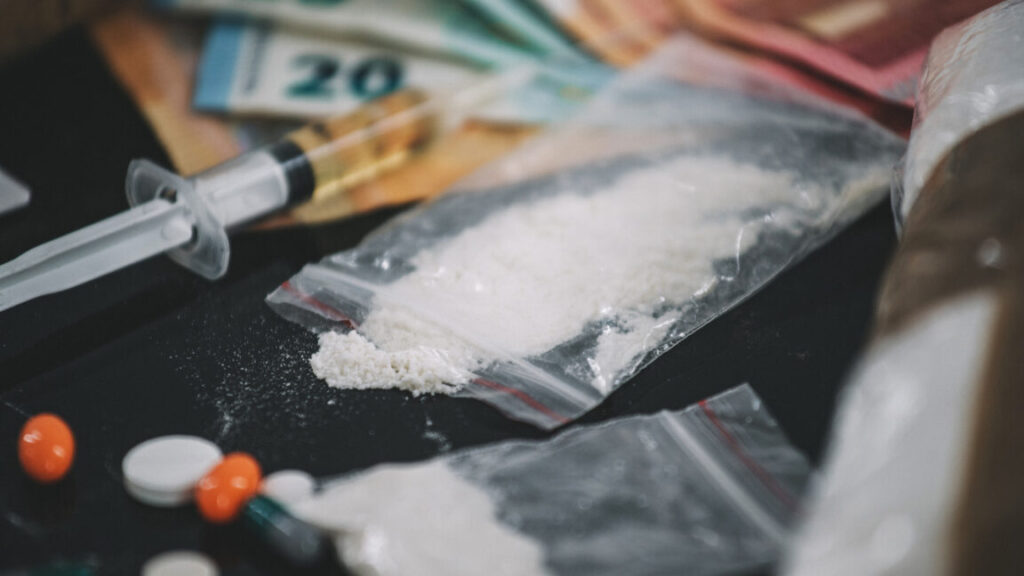
For every illegal drug, there is a combination of emojis that dealers and consumers use to evade detection on social media and messaging platforms. Snowflakes, snowfall, and snowmen symbolize cocaine. Love hearts, lightning bolts, and pill capsules mean MDMA, or molly. Brown hearts and dragons represent heroin. Grapes and baby bottles are the calling cards for codeine-containing cough syrup, or lean. The humble maple leaf, meanwhile, is the universal symbol for all drugs.
The proliferation of open drug dealing on Instagram, Snapchat, and X—as well as on encrypted messaging platforms Telegram and WhatsApp—has transformed the fabric of illegal substance procurement, gradually making it more convenient, and arguably safer, for consumers, who can receive packages in the mail without meeting people on street corners or going through the rigmarole of the dark web. There is no reliable way to gauge drug trafficking on social media, but the European Union Drugs Agency acknowledged in its latest report on the drivers of European drug sales that purchases brokered through such platforms “appear to be gaining in prominence.”
Initial studies into drug sales on social media began to be published in 2012. Over the next decade, piecemeal studies began to reveal a notable portion of drug sales were being mediated by social platforms. In 2021, it was estimated some 20 percent of drug purchases in Ireland were being arranged through social media. In the US in 2018 and Spain in 2019, a tenth of young people who used drugs appear to have connected with dealers through the internet, with the large majority doing so through social media, according to one small study.
Some dealers these days are even brazen enough to boost their posts and pay for sponsored advertising. “Mushrooms and marijuana used to be hard to get and now they’re being marketed to me in beautiful packaging on Instagram,” says one 34-year-old in Austin, Texas, whom WIRED spoke to. Dealers ran hundreds of paid advertisements on Meta platforms in 2024 to sell illegal opioids and what appeared to be cocaine and ecstasy pills, according to a report this year by the Tech Transparency Project, and federal prosecutors are investigating Meta over the issue.